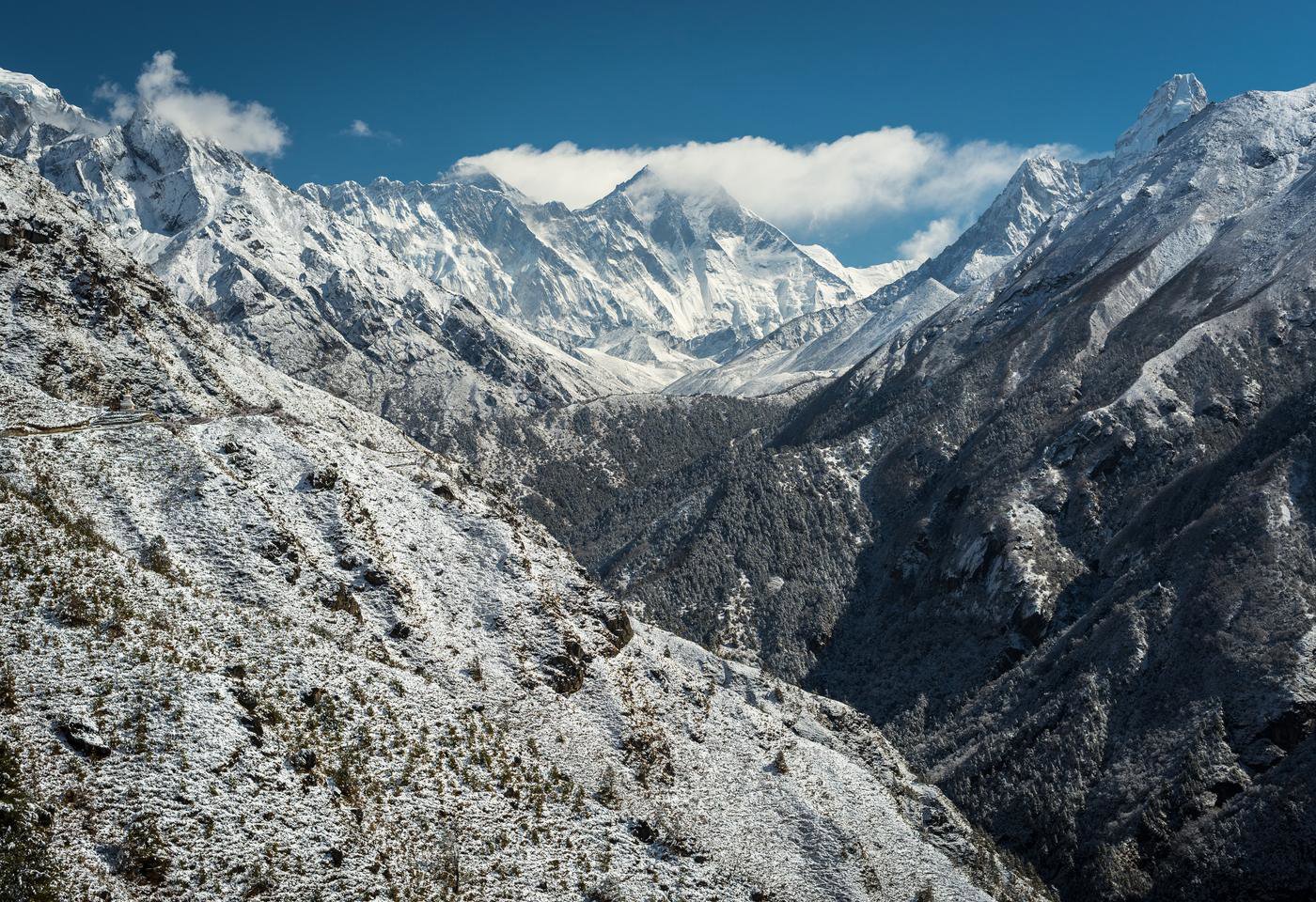Fast-growing bamboo has gone in and out of fashion but is now being seen as a possible climate hero. Its capacity to absorb carbon is enhanced by how densely it can be grown, and the speed of its regrowth after harvesting - a great advantage over trees.
Tom Heap meets Arief Rabiek from the Environmental Bamboo Foundation based in Indonesia. He's working to restore degraded land by planting bamboo which can be managed by communities on a forest to factory system. The harvested product can be used for building structures and furniture through to vases, baskets and clothing. He wants to expand the project to nine other countries to bring economic and environmental benefits but are some uses better than others? Dr Tamsin Edwards from King's College London helps evaluate the scope of bamboo as a solution.
What our experts say
We asked Society Fellow Professor Vincent Gauci from the University of Birmingham, Birmingham Institute of Forest Research (BIFoR) to offer some observations on the potential of planting bamboo on a worldwide scale in reducing carbon emissions. His points take some of the themes of the programme a step further.
Bamboo is a strong and versatile building material, even storm drains can be made of bamboo! It can be used as a clean cooking fuel, reducing deforestation but it can also be used to draw down (carbon dioxide) CO2 from the atmosphere. Some estimates place the potential for adoption of bamboo as an active strategy to sequester CO2 from the atmosphere at around 1-2.3% of human emissions by 2050. Even more ambitious estimates claim that up to 4.5% of human emissions can be taken up by this woody grass. Although the land requirements would make this unrealistic it does demonstrate the potential of bamboo to have a significant climate impact. However, as with all life cycling of products, there needs to be assurance that the bamboo products do not decompose too readily or are just burnt. Making useful, long-lived products or turning the bamboo into biochar which has a long lifetime in soil, all help to extend the climate benefits of bamboo.
Some limiting factors should be considered. Bamboo is considered invasive in many countries and it can be challenging to identify land suitable for planting, especially as there may be competition with other crops for the land used. Moreover, it must be managed effectively as monoculture plantations can reduce biodiversity which then become vulnerable to pests and disease.
The land that bamboo is planted on is also important. In some countries such as Indonesia, large areas of drained and deforested peatlands are considered degraded but here, the emphasis should be on raising the water table rather than planting bamboo in a drained landscape since the carbon losses from the degrading peat may offset any potential carbon wins from the bamboo harvest. See the webpage linked to the recently aired Bog-tastic! episode, that reflects on rewetting peat, for more information.
Further reading
Buckingham, K. (2014). Bamboo: The Secret Weapon in Forest and Landscape Restoration? World Resources Institute
Ogunbiyi, O.A., Olawale, S.O., Tudjegbe, O.E., Akinola, S.R., (2015), Comparative Analysis of the Tensile Strength of Bamboo and Reinforcement Steel Bars as Structural member in Building Construction. International Journal of Scientific & Technology Research, 4(11), pp. 47-52
Terefe, R., Jian, L., & Kunyong, Y. (2019). Role of Bamboo Forest for Mitigation and Adaptation to Climate Change Challenges in China, Journal of Scientific Research and Reports, 24(1), pp. 1-7
Yuen, J.Q., Fung, T., Ziegler, A.D. (2017). Carbon stocks in bamboo ecosystems worldwide: Estimates and uncertainties, Forest Ecology and Management, 393, pp.113-138
About the series
39 ways to save the planet is a new radio series by BBC Radio 4 developed in partnership with the Society and broadcast in 2021. It showcases 39 ideas to relieve the stress that climate change is placing on the Earth. In each 15 minute episode Tom Heap and Dr Tamsin Edwards meet the people behind a fresh and fascinating idea to cut the carbon.
Over the course of 2021, the Society will be producing events and digital content to accompany the series.
Episode 19: Bamboo is better

Featured card image: Arief Rabik
Featured banner image: Kazuend/Unsplash

